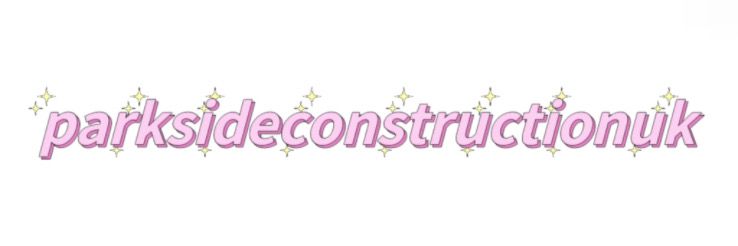10 Questions You Should Know about Eco-Friendly PVC Water-Resistant Fabric
In recent years, the push for sustainability has led to an increase in eco-friendly materials, particularly in the textile industry. Among these, eco-friendly PVC water-resistant fabric has gained attention for its versatility and durability. Whether you're a designer, manufacturer, or eco-conscious consumer, understanding this material is essential. In this article, we’ll explore ten important questions about eco-friendly PVC water-resistant fabric that can help you make informed decisions for your projects and purchases.
What is Eco-Friendly PVC Water-Resistant Fabric?
Eco-friendly PVC water-resistant fabric is a type of synthetic material designed to resist water while being less harmful to the environment compared to traditional PVC. Made with additives and production methods that minimize harmful emissions, this fabric combines functionality with sustainability.
1. How is Eco-Friendly PVC Fabric Made?
The manufacturing process for eco-friendly PVC fabric often utilizes advanced technology to reduce the environmental impact. These processes include using non-toxic plasticizers and recycling methods that lessen waste, making it a greener option.
2. What Are the Benefits of Using Eco-Friendly PVC Fabric?
This type of fabric offers numerous benefits, including:
- Water resistance, making it ideal for outdoor gear.
- Durability and longevity compared to other materials.
- Easy maintenance and cleaning.
- Customizable in terms of color and design.
3. Where Can Eco-Friendly PVC Water-Resistant Fabric Be Used?
This versatility allows it to be used in various applications, including:
- Outdoor furniture covers.
- Camping gear such as tents and backpacks.
- Clothing and apparel in rainy weather.
- Accessories like bags and tarps.
4. How to Care for Eco-Friendly PVC Fabric?
Maintaining eco-friendly PVC fabric is straightforward. Typically, a damp cloth and mild soap will suffice for cleaning. It's important to avoid harsh chemicals that can degrade the material over time. Regular cleaning will ensure it retains its aesthetic appearance and functional properties.
5. What Makes It More Eco-Friendly Than Traditional PVC?
Eco-friendly PVC often reduces phthalate levels and other harmful chemicals during production. The innovations in technology and processes also lead to lower energy consumption, making it a more sustainable choice.
6. Who are the Influencers in the Eco-Friendly Fabric Industry?
Several industry leaders and influencers advocate for sustainable materials, driving awareness and innovation. Connecting with these influencers can provide valuable insights into the latest trends and techniques in eco-friendly textiles. For example, organizations like Greenpeace and figures like @zerowastecollective share information on sustainable fabric choices, encouraging consumers to make informed decisions.
Conclusion
Incorporating eco-friendly PVC water-resistant fabric into your projects or wardrobe is an excellent way to contribute to sustainability while enjoying the benefits of durable, versatile materials. By understanding the ins and outs of this fabric, you can make eco-conscious choices that resonate with both personal values and industry standards.
For more Pvc Three Proof Cloth Red custom, Reliable Fiberglass Mat for Sale Suppliers, PVC Three Proof Cloth wholesale buyinginformation, please contact us. We will provide professional answers.

